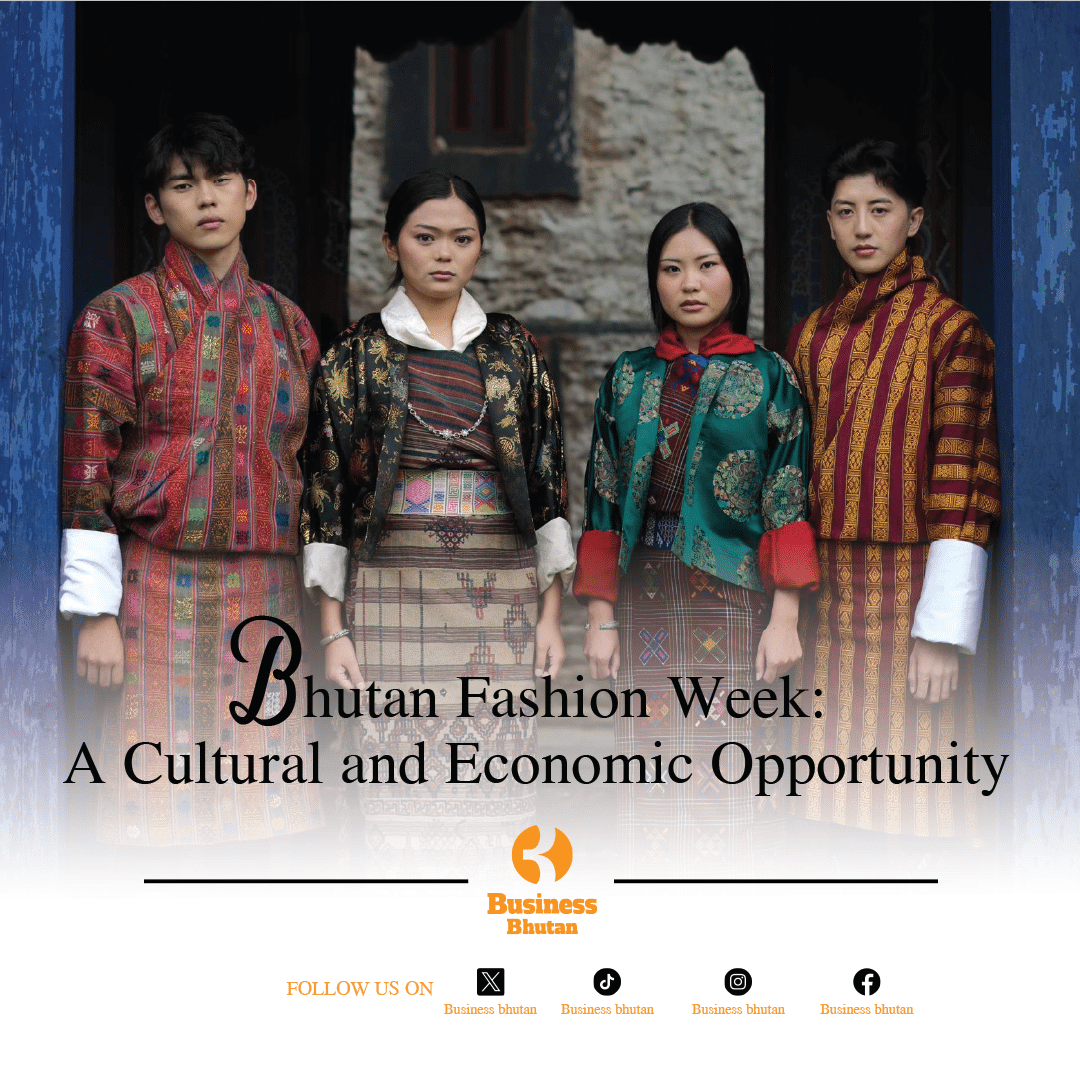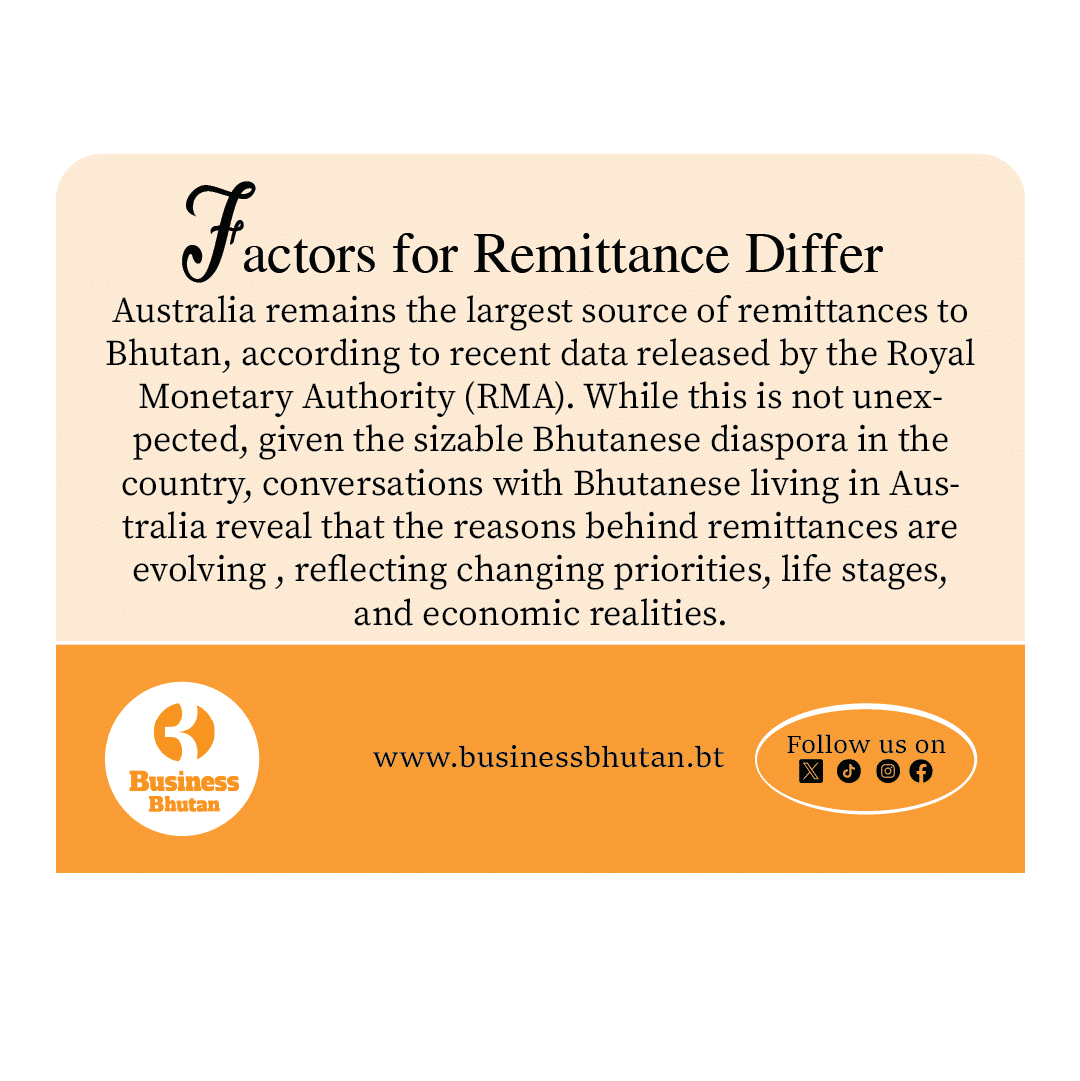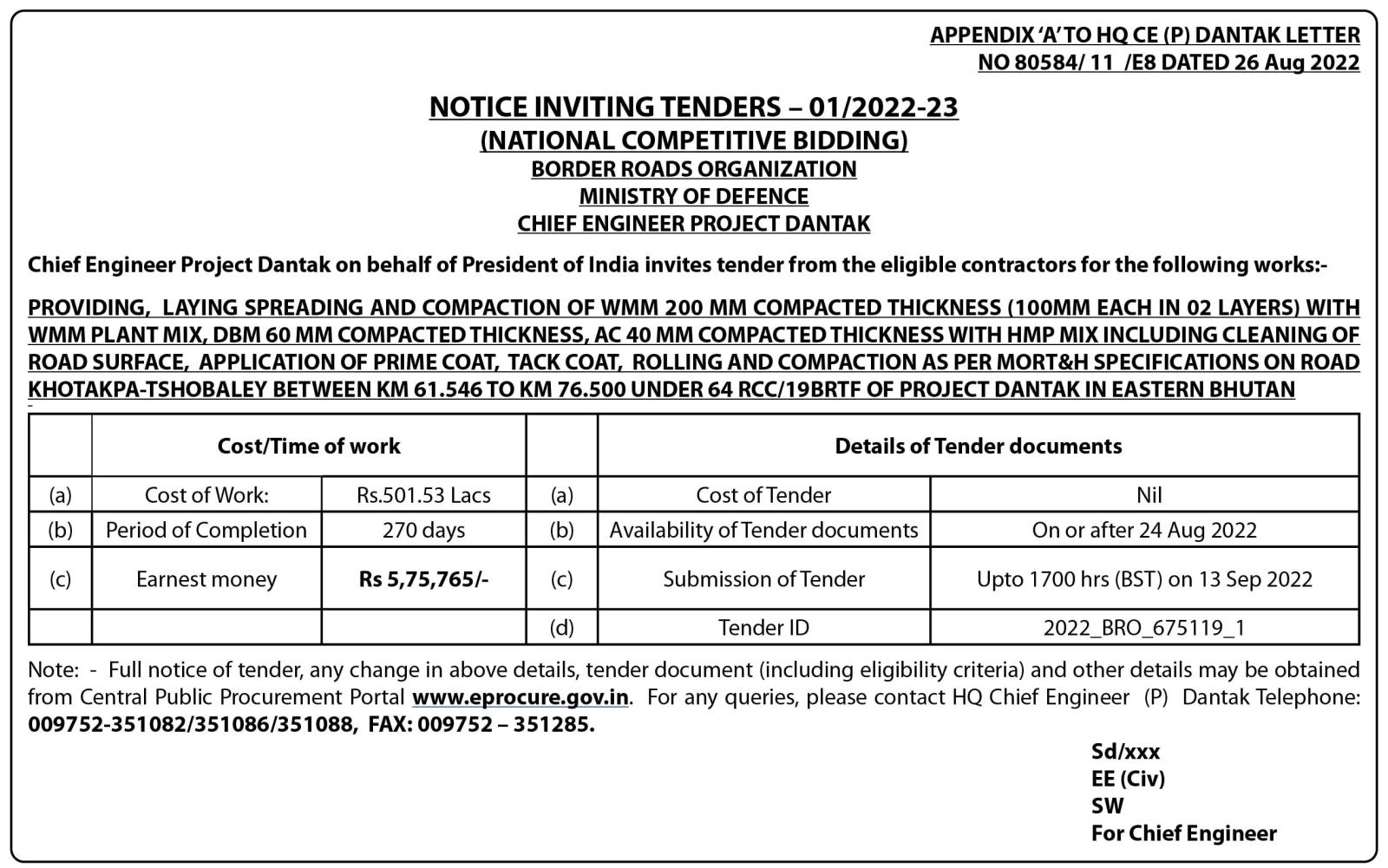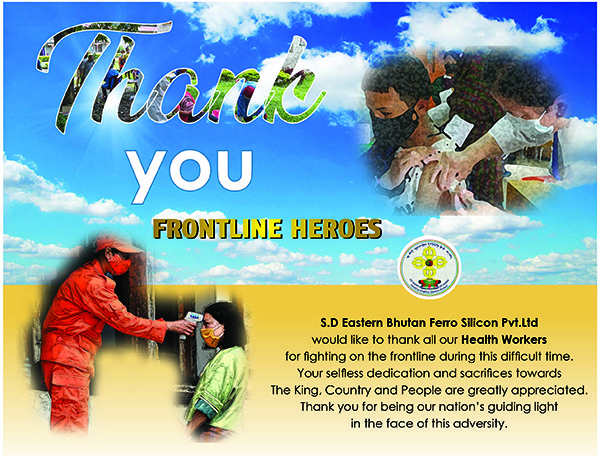From despair to joy: The healing power of a mother’s embrace and modern medicine
In the quiet corridors of a hospital, where anxiety and hope often walk hand in hand, miracles unfold every day—quiet, powerful, life-altering. One such miracle is unfolding in the life of 21-year-old Tulasi Darjee, a young mother whose journey with her premature daughter is nothing short of extraordinary.
Tulasi’s daughter was born far too soon—just seven months into pregnancy—and weighed a fragile 1.3 kilograms at birth. The tiny baby clung to life with the same fierce will that radiated from her mother’s eyes. For Tulasi, the early days were a whirlwind of fear and uncertainty.
“I was terrified,” Tulasi recalled, her voice soft but steady. “She was so small. I didn’t know if she would survive.”
But where fear once gripped her heart, knowledge and care began to sow hope. Doctors and nurses at Jigme Dorji Wangchuck National Referral Hospital (JDWNRH) introduced her to Kangaroo Mother Care (KMC)—a simple yet profoundly effective technique that involves holding the baby skin-to-skin on the mother’s chest for extended periods each day.
In the gentle warmth of her embrace and the steady rhythm of her heartbeat, Tulasi became more than just a mother—she became her daughter’s anchor to life. That simple act of skin-to-skin contact, known as Kangaroo Mother Care, transcended its medical purpose. It was not merely a technique; it was love turned into medicine, a mother’s body becoming the safest incubator for her premature child. In that closeness, her baby found warmth, security, and strength—a lifeline in its truest sense.
Now, three weeks into this deeply personal journey, the transformation is nothing short of extraordinary. The fragile baby who once entered the world weighing just 1.3 kilograms has grown stronger, now tipping the scales at nearly 1.9 kilograms. A gain measured not only in grams but in hope, resilience, and life.
“She’s so much stronger now,” Tulasi said, her eyes shimmering with quiet pride. “Every day, I see her changing, growing before my eyes. It fills my heart with hope.”
Her smile—soft, radiant, and unmistakably maternal—was the kind born not of ease, but of endurance. It was the smile of a mother who had cradled her child through fear, and now saw the first glimmers of triumph.
Tulasi practices KMC for nearly 12 hours a day, turning her own body into the safest haven her daughter could have. “Holding her close, I feel her heart beating with mine. It calms her. It calms me. It’s like we’re healing together,” she said.
Behind this transformation is not just a mother’s love, but a healthcare system that believes in the power of touch, warmth, and connection. Bhutan’s first KMC unit was established at JDWNRH’s neonatal ward on September 3, 2013, marking a new chapter in the nation’s commitment to maternal and child health.
Dr. Dinesh Pradhan, a neonatologist at Jigme Dorji Wangchuck National Referral Hospital (JDWNRH), underscored the profound impact of Kangaroo Mother Care (KMC), calling it a game-changer in neonatal care.
“KMC is far more than just a method for weight gain,” he explained. “It fosters a deep emotional bond between mother and child, helps stabilize the baby’s vital signs, and significantly increases the chances of survival—especially for premature and low birth weight infants.”
The science behind KMC is as compelling as it is compassionate. Studies and clinical observations consistently show that babies cared for through this method exhibit more stable heart rates, improved breathing patterns, and longer, more restful sleep. They tend to cry less—a sign of comfort—and are better protected against infections, thanks in part to the warmth and immune-boosting benefits of close maternal contact.
At JDWNRH, nurses have seen these effects firsthand. They report that infants receiving KMC gain weight at a faster rate and are better able to regulate their body temperature—an essential benefit for preterm babies, whose underdeveloped bodies lack the fat reserves needed to stay warm on their own. These subtle but vital improvements collectively enhance the child’s chances of thriving outside the womb.
In essence, KMC is a blend of instinct and innovation—a practice rooted in human connection that’s now recognized as a powerful tool in modern neonatal medicine.
But it’s not just the babies who thrive. “KMC empowers parents,” said a neonatal nurse. “It helps mothers produce more milk and reduces stress, while fathers, too, form stronger bonds with their newborns. It turns fear into connection and helplessness into strength.”
Bhutan’s adoption of Kangaroo Mother Care has proven to be a beacon of light for many families, especially those navigating the fragile early days of life with a premature infant. For Tulasi, it has been nothing short of a rebirth—for her baby, and for herself as a mother.
Today, Tulasi is no longer just a young woman scared for her child’s survival. She is a symbol of resilience, love, and the quiet power of a mother’s touch.
In the ever-evolving landscape of modern healthcare—where technological breakthroughs and sophisticated treatments define progress—it is stories like Tulasi’s that bring us back to a profound, timeless truth: sometimes, the most powerful form of healing begins not with machines, monitors, or medicine, but in the quiet, unwavering warmth of a mother’s embrace. This deeply human connection, when harmonized with compassionate medical care, becomes something far greater than either alone. It becomes a life-sustaining force—one that nurtures fragile beginnings, shields against the uncertainties of illness, and gives even the tiniest lives a fighting chance to thrive.
Sherab Dorji from Thimphu
















